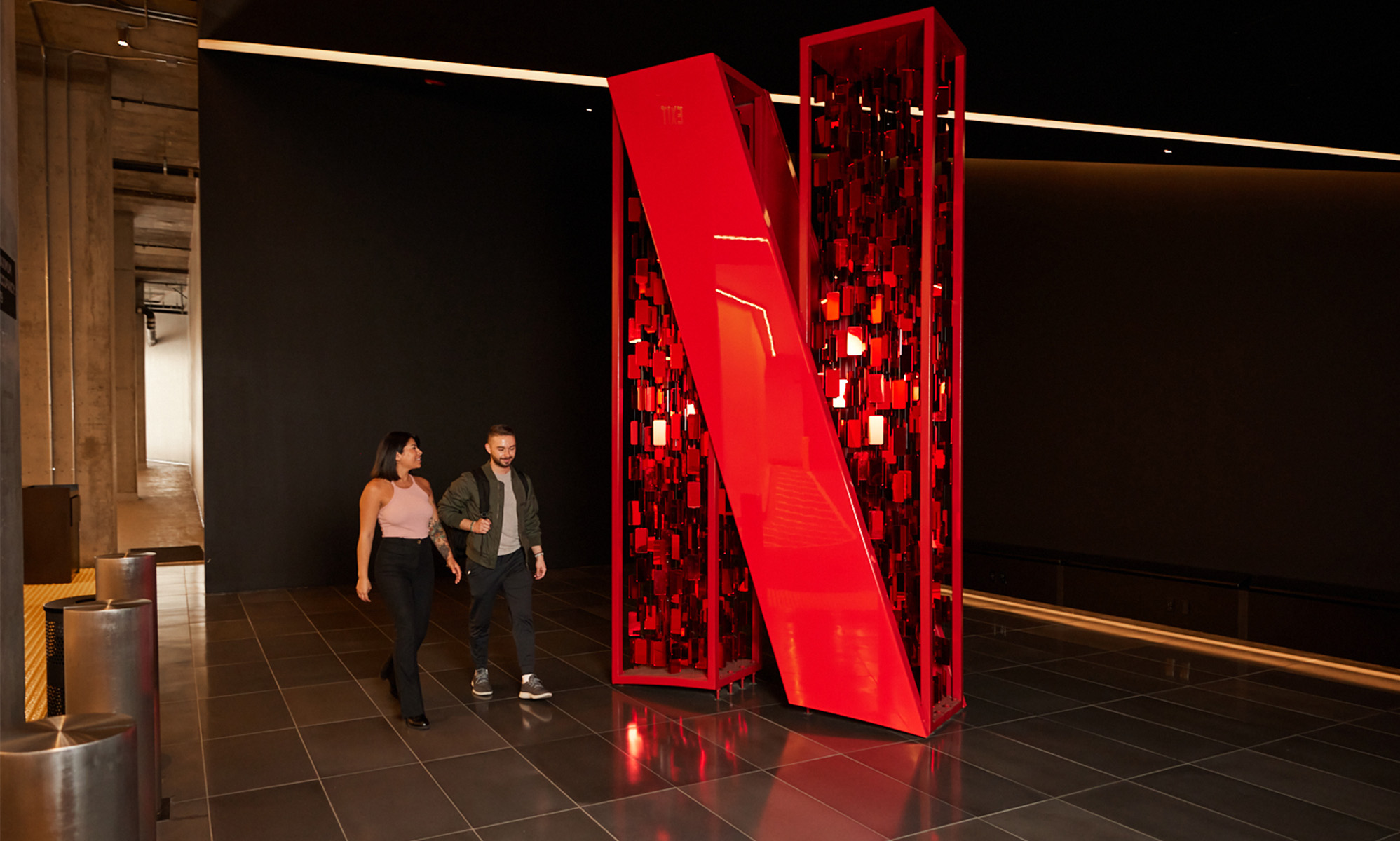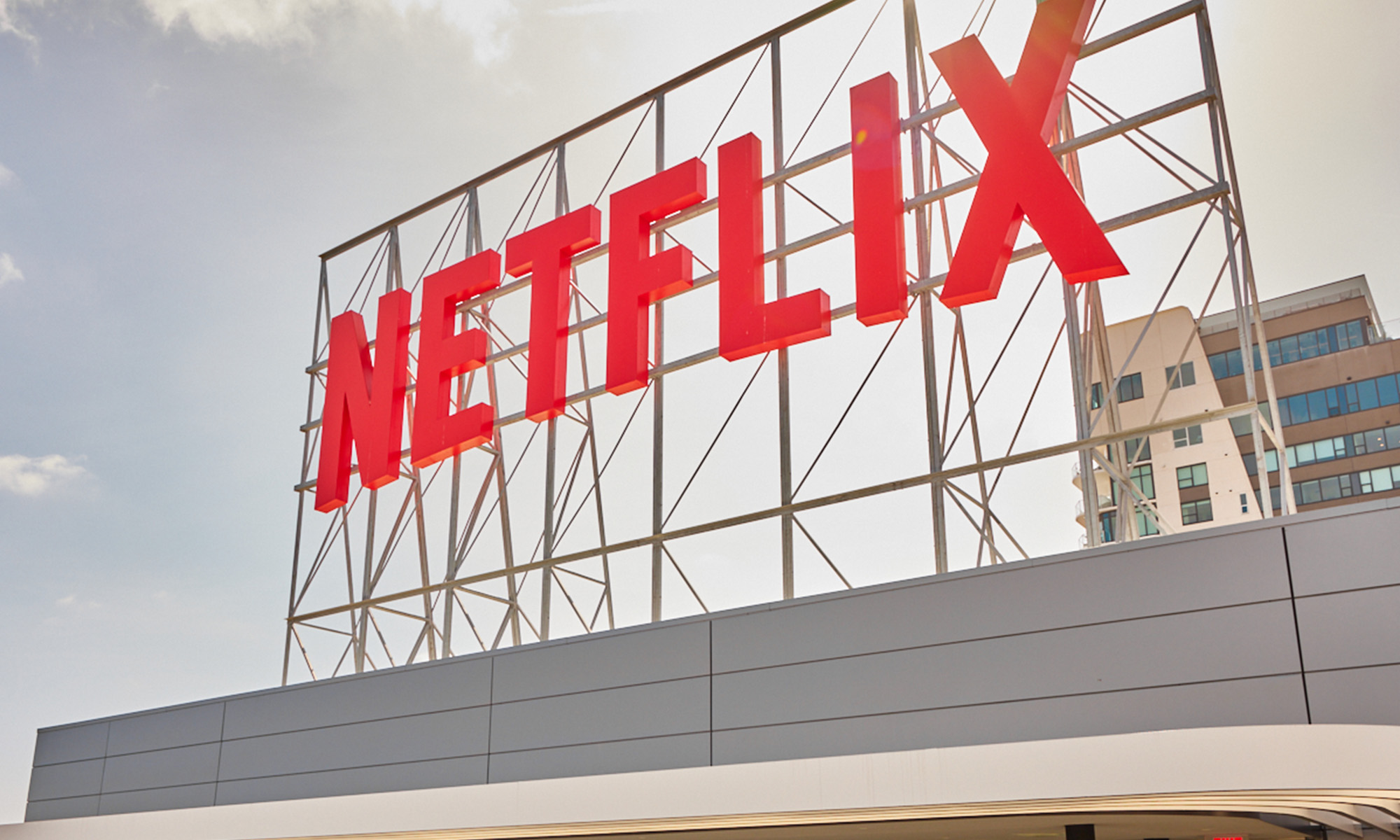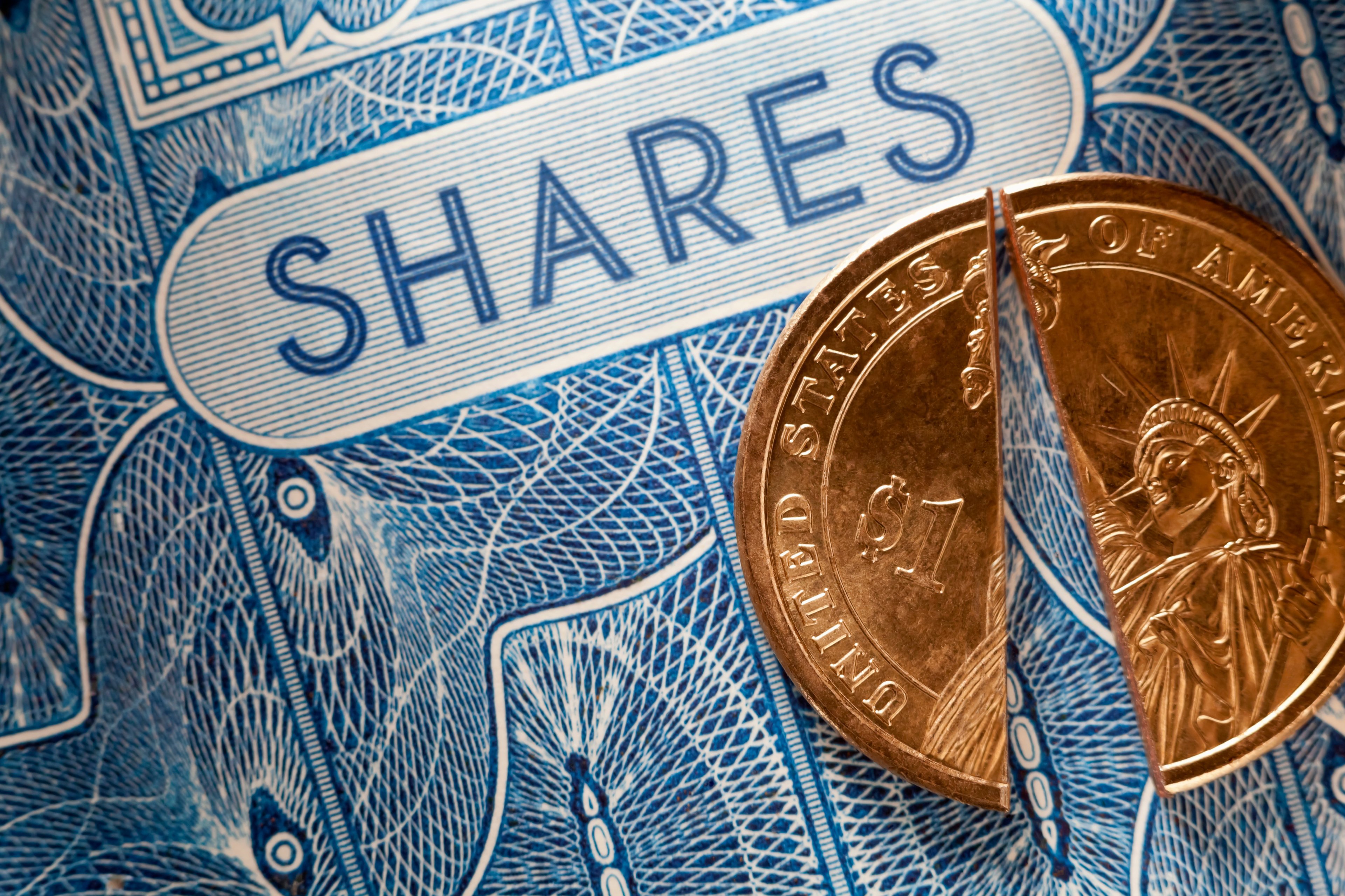
Source: Netflix.
Netflix (NASDAQ: NFLX) CEO Reed Hastings didn't like the humbling Qwikster fiasco at all. Now he's back to fiddling with streaming service prices, and he's taking no chances this time.
Once upon a time, in a galaxy not so far away, Netflix used to simply include streaming videos as a free bonus for DVD-mailer subscribers. Then the streaming option grew up a bit, and it started to make sense to split digital streams off from the DVD-based product.
It was absolutely the right thing to do, but the transition was handled with all the grace of an arthritic rhinoceros. Netflix subscribers who wanted both DVD and streaming services saw their service fees doubling overnight. Others picked either the digital option or the disc-based one, dropping the other -- and got less value for the same monthly cost.
And to add insult to injury, the Qwikster rebranding would have separated your DVD viewing and rating history from the streaming service altogether. And nobody wants to log in to two sites to manage a family of related services. It was an abject lesson in how not to manage a big policy change, learned the hard way.
It's no wonder Netflix hit the skids at that point.
This time, Hasting handled the price change in stages.
-
In 2013, Netflix introduced a second streaming option, which lets you access four simultaneous video streams instead of two. At $12 a month, it's about 50% more expensive than the standard plan. But unless you have a large family of movie lovers and often run into that two-stream limit, nobody's forcing you to use this option. And it looks like very few subscribers have jumped on it: The move has done absolutely nothing to boost Netflix's monthly revenue per member.
-
In January, Netflix subscribers in Ireland saw their monthly streaming costs rise by 1 euro, or 14%. Or rather, new customers in Ireland were given the new price while existing subscribers got a two-year grandfathering period. This increase is still 20 months away from affecting the established Irish user base. But it gave Netflix a chance to look at subscriber addition trends on the Emerald Isle. If the higher price put a brick wall in front of Ireland growth, it wouldn't make any sense to roll out this strategy on a global level.
-
In the recent first-quarter report, Netflix reported "limited impact" from the Ireland pricing change, and was ready for the next step: "Our current view is to do a one or two dollar increase, depending on the country, later this quarter for new members only. Existing members would stay at current pricing (e.g., $7.99 in the U.S.) for a generous time period. These changes will enable us to acquire more content and deliver an even better streaming experience." (Emphasis mine.)
Notice the wiggle room in the $1 to $2 increase, and the vague "generous time period" of grandfathering.
-
Now the other shoe has dropped, and Netflix actually raised prices. The final uptick stops at $1, with the same two-year grandfathering period as the Ireland experiment. In other words, Netflix had hinted at steeper increases and perhaps a shorter (but still "generous") transition period. Things could have been worse on both fronts. Underpromise and overdeliver.

Hastings clearly learned his lesson from Qwikster. He might even have consulted experts in the field of pricing psychology and retail strategies. This is how a professional handles scary, unpopular changes. And it's a far cry from the clumsy introduction and embarrassing retreat from the Qwikster split.
The two-year grandfathering clause limits the immediate financial impact from the pricing change, and works out to nearly three free months of service at the new $8.99 price.
There's one small caveat: Netflix sees a steady stream of people canceling and then coming back to the streaming service, and makes the whole process very easy (see screenshot above).
But if you do that now, you'll come back to the full $8.99 price. It's spelled out very clearly before you do that second click to confirm your cancellation. Some customers with a planned return in mind might rethink their Netflix downtime since they'd end up losing some money in the long run. That wrinkle could make an impact on Netflix's subscriber churn, and might even have a paradoxically positive effect on subscriber growth.

Source: Screenshot of author's Netflix account.
There are no sure things in business or investing, but this is about as painless a price increase as anything I might imagine for Netflix. And when the two-year transition period ends, a dramatically higher customer count gets a 12.5% revenue bonus on top.
Maybe that's when Netflix starts worrying about positive profits and cash flows. Until then, it's all about growth at any cost. Call me crazy, but I'm very happy with that choice.







